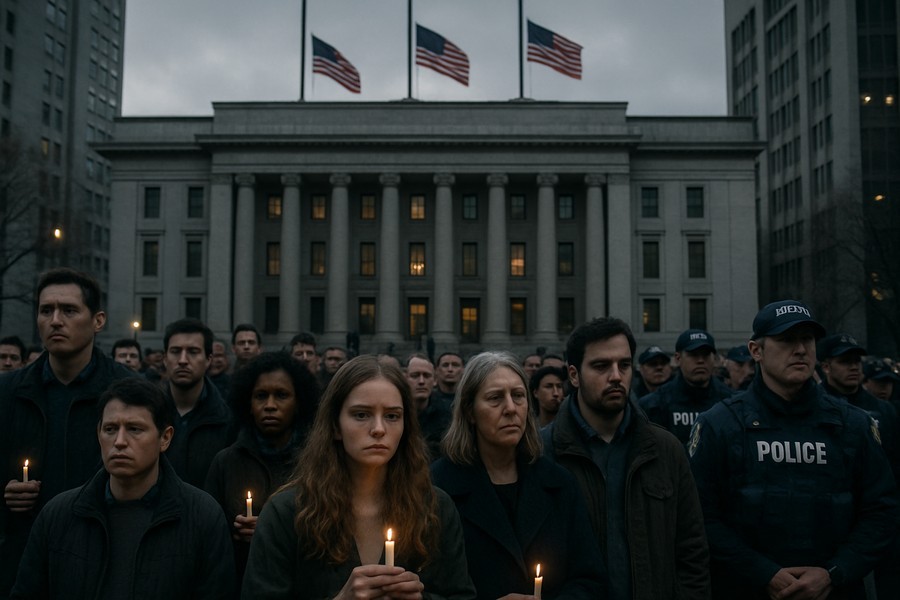
Understanding the Surge in Political Violence in the U.S.
Political violence in the United States is not a new phenomenon. However, the frequency and intensity of such incidents have been particularly high in recent years. One prominent figure was the target of two assassination attempts while a significant rise in threats and harassment against local officials was also observed. Political violence has seemingly become a common feature of the country's political landscape.
A Brief Look at Historical Political Violence
Looking back at history, the U.S. has a disturbing record of political violence. This spans from the top echelons of politics right down to ordinary citizens. Eminent historians note that the country has experienced an alarming number of assassination attempts against its presidents, particularly during the 20th century, with two such attempts proving fatal. Activists have also been victims of assault and murder.
During the first half of the 20th century, particularly in the Jim Crow era, ordinary citizens, especially Black Americans, were frequent victims of lynching. The closest comparison to the current spate of political violence can be drawn from the 1960s and 1970s, a period marked by the shooting of high-profile personalities, including President John F. Kennedy, civil rights leader Martin Luther King Jr., and presidential candidates Robert F. Kennedy and George Wallace, of whom only Wallace survived.
Though the perpetrators often had mental health issues, their actions were believed to have been influenced by the politically charged climate of the time that seemed to polarize the population.
Modern Political Violence
Today, the political climate is highly polarized, charged with anger, distrust, and conspiracy theories. The line between right and wrong has blurred, and actions and speeches that were once considered unacceptable are now often excused or overlooked. Hostility towards political opponents has intensified, fueled by the perception of them as "enemies of the nation."
Several factors contribute to this hostility, including the role of social media. The anonymity provided by these platforms, coupled with their expansive reach, has allowed violent rhetoric to be disseminated to vast audiences. The platforms' algorithms further amplify even the most extreme voices, leading to a surge in extreme political positions.
Despite the intense rhetoric, research shows that American voters are less ideologically polarized than they appear. Misconceptions about the opposing party's preferences often lead to a perceived lack of shared policy belief. This perception gap is highest among the most politically active, who hold the least accurate views of the other side's beliefs.
A Growing Mainstream Trend
Unlike in the past, political violence has now become a mainstream trend. The availability of firearms has also played a significant role in this surge. The ease with which guns can be accessed makes it simpler for individuals to act on their hatred.
Additionally, inadequate funding for mental health care has increased the likelihood of dangerous individuals acting without being restrained.
Political Violence: A Bipartisan Issue
Political violence is not exclusive to any particular political party. Both Democrats and Republicans have been victims of political violence. This includes everything from assassination attempts and mass shootings to attacks on political figures and their family members.
One notable incident was the storming of the U.S. Capitol by a group claiming that the 2020 election had been stolen. Following the incident, all those charged were either pardoned or had their sentences commuted after the individual who claimed the election was stolen won the presidency four years later. Since then, numerous instances of political violence have been recorded.
As political violence continues to rise, it will undoubtedly impact everyone, regardless of political affiliation. The more violence is justified by one side, the more likely it is that aggressive individuals from that side will resort to violence, prompting a cycle of violence that could be hard to break.
